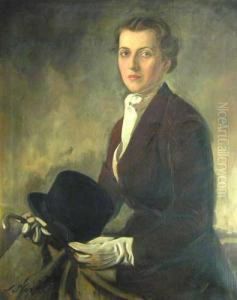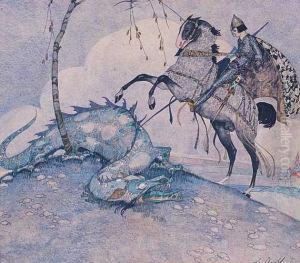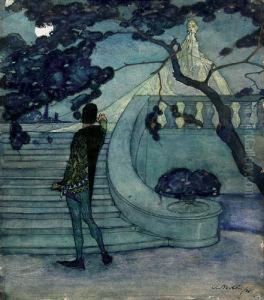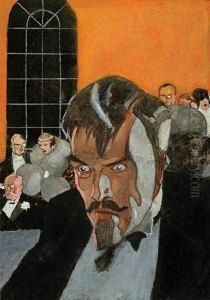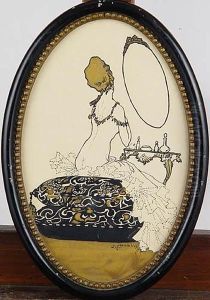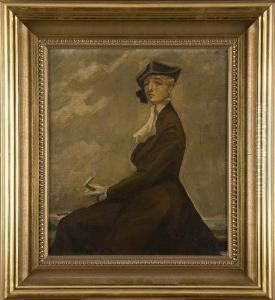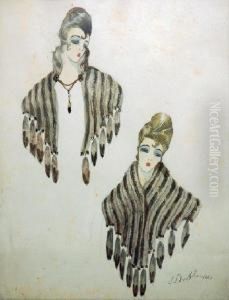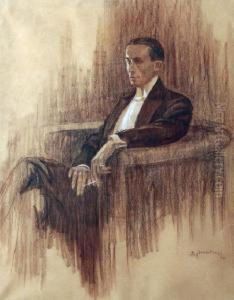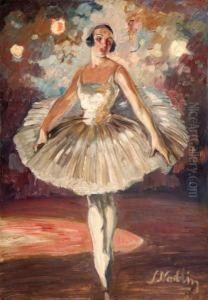Stefan Juliusz Norblin Paintings
Stefan Juliusz Norblin was a Polish artist, born on July 29, 1892, in Warsaw, Poland. He gained prominence as a painter, illustrator, and graphic artist, particularly known for his posters and book illustrations. Norblin's artistic journey began in his home country, where he studied at the Warsaw School of Fine Arts. During his early career in Poland, he developed a distinctive Art Deco style that reflected the trends of the era.
In the 1920s and 1930s, Norblin established himself as a successful commercial artist, creating advertisements and posters that were highly sought after. His work was characterized by dynamic compositions, a bold use of color, and a blend of modernist aesthetics with classical themes. In addition to posters, he also worked on numerous book illustrations and designs for magazines, showcasing his versatility as an artist.
However, Norblin's life took a dramatic turn with the onset of World War II. As Poland fell under Nazi occupation, he fled the country, eventually finding refuge in India. His artistic talents found a new audience among the Indian elite, and he was commissioned to paint portraits and create decorative artworks for the palaces of Indian maharajas, including those in Morvi, Ramgarh, and Jodhpur. During his time in India, Norblin's style evolved to incorporate local themes and elements, which enriched his repertoire and demonstrated his ability to adapt to different cultural contexts.
Unfortunately, the trauma of war and displacement took a toll on Norblin's mental health. In 1946, he moved to the United States with his family, but he struggled to gain the same level of recognition he had enjoyed in Europe and India. Faced with financial difficulties and ongoing mental health issues, Norblin's later years were marked by hardship. His contributions to the art world, while significant, were largely overshadowed by the events of the time.
Stefan Juliusz Norblin passed away on August 12, 1952, in San Francisco, California. Despite the challenges he faced, his work remains a testament to his skill and creativity, and it continues to be celebrated in art circles, particularly in Poland and India, where his legacy as a cross-cultural artist is most profoundly felt. His pieces, especially those from his European and Indian periods, have been subject to renewed interest and appreciation in recent years, highlighting his role in the art world of the 20th century.
